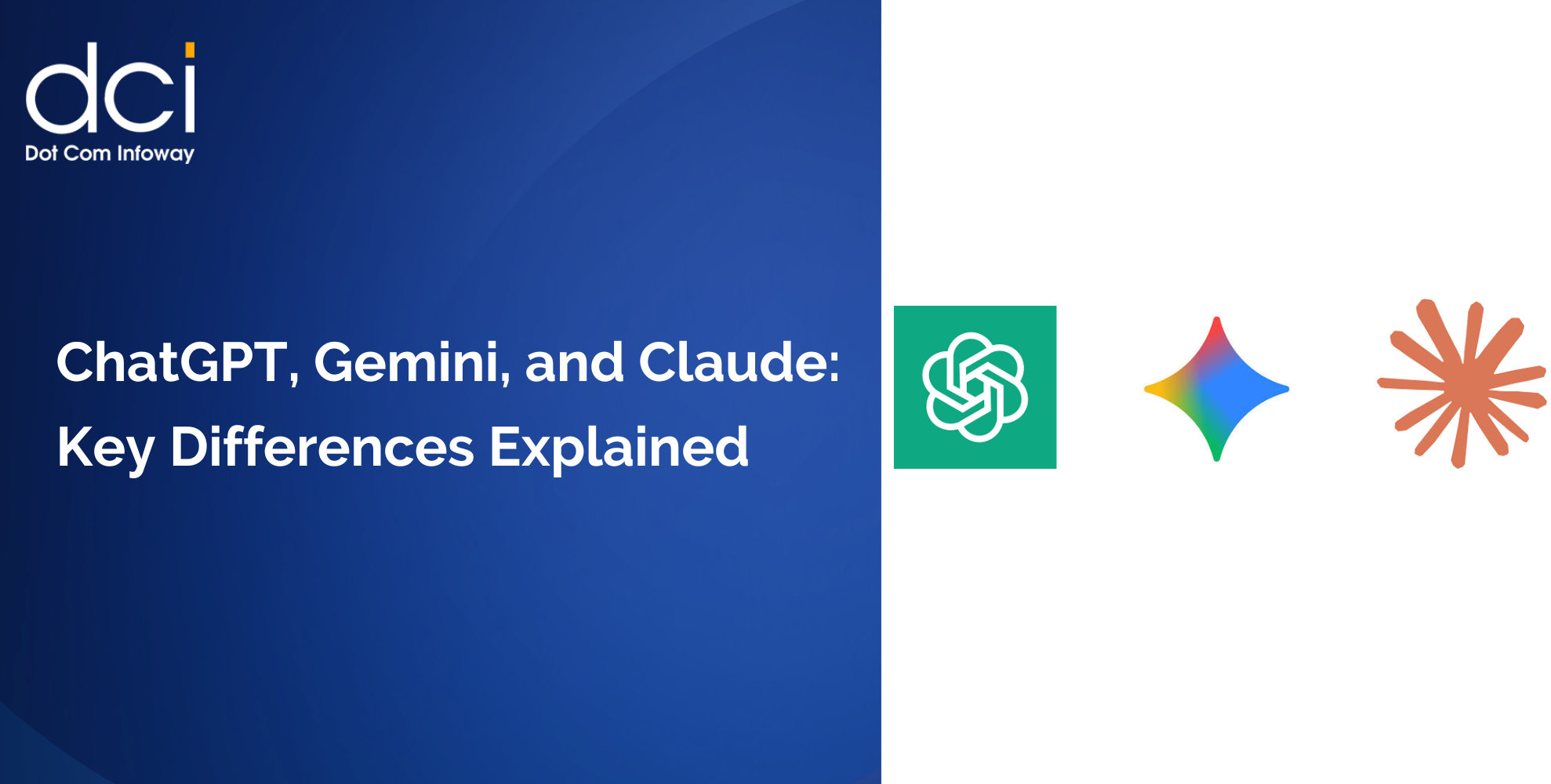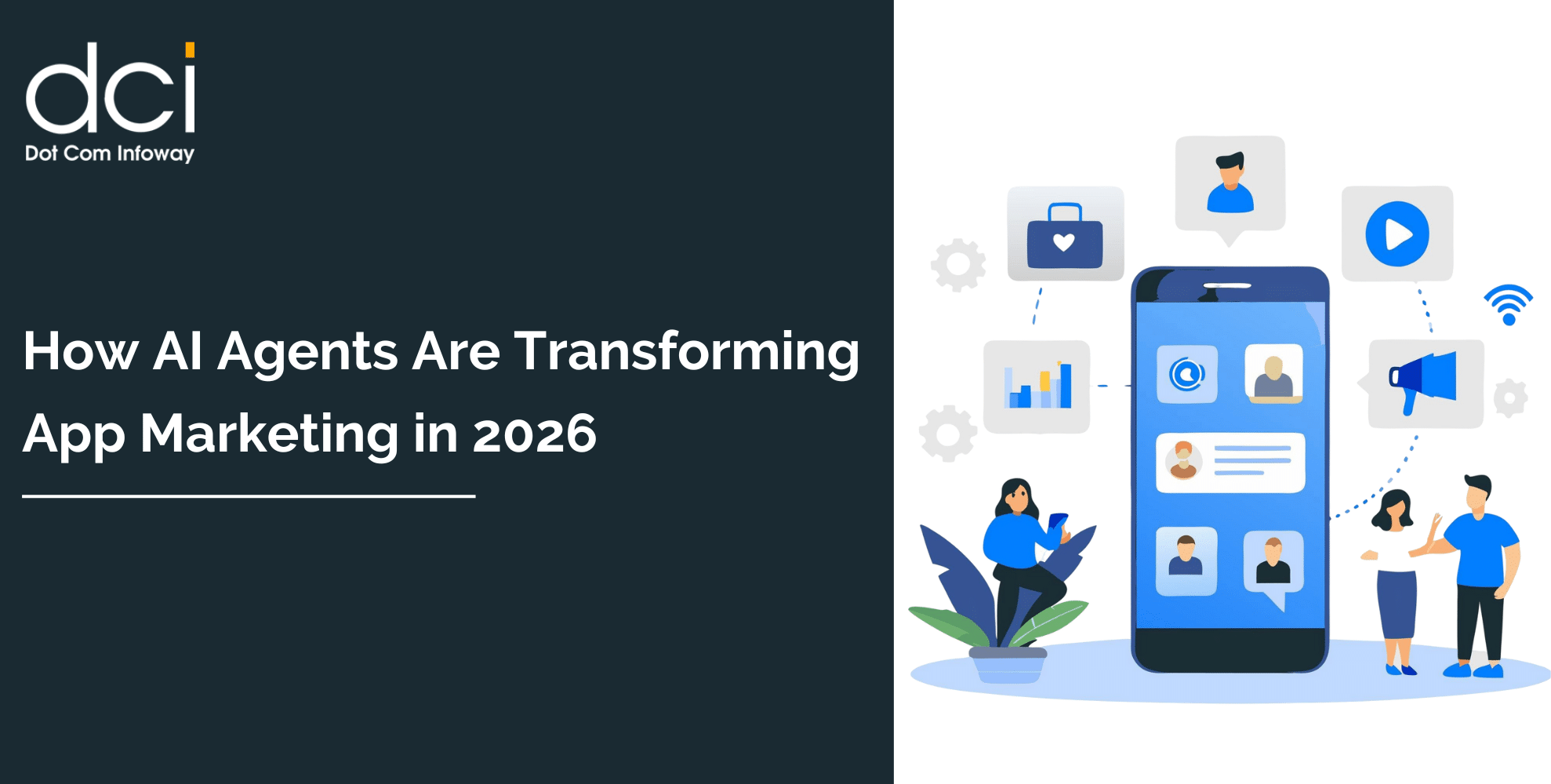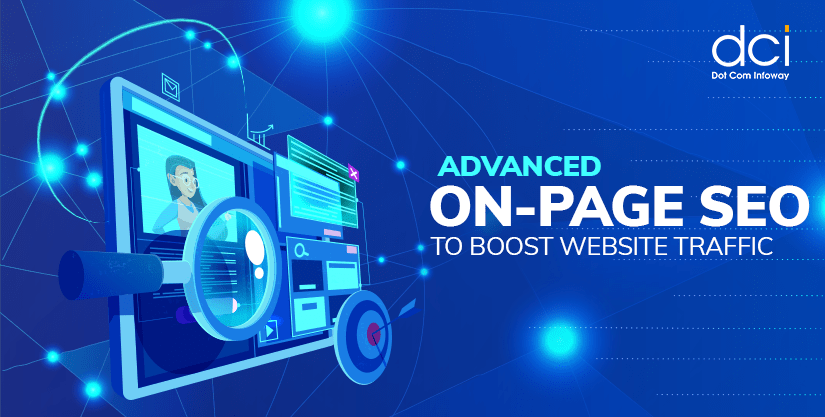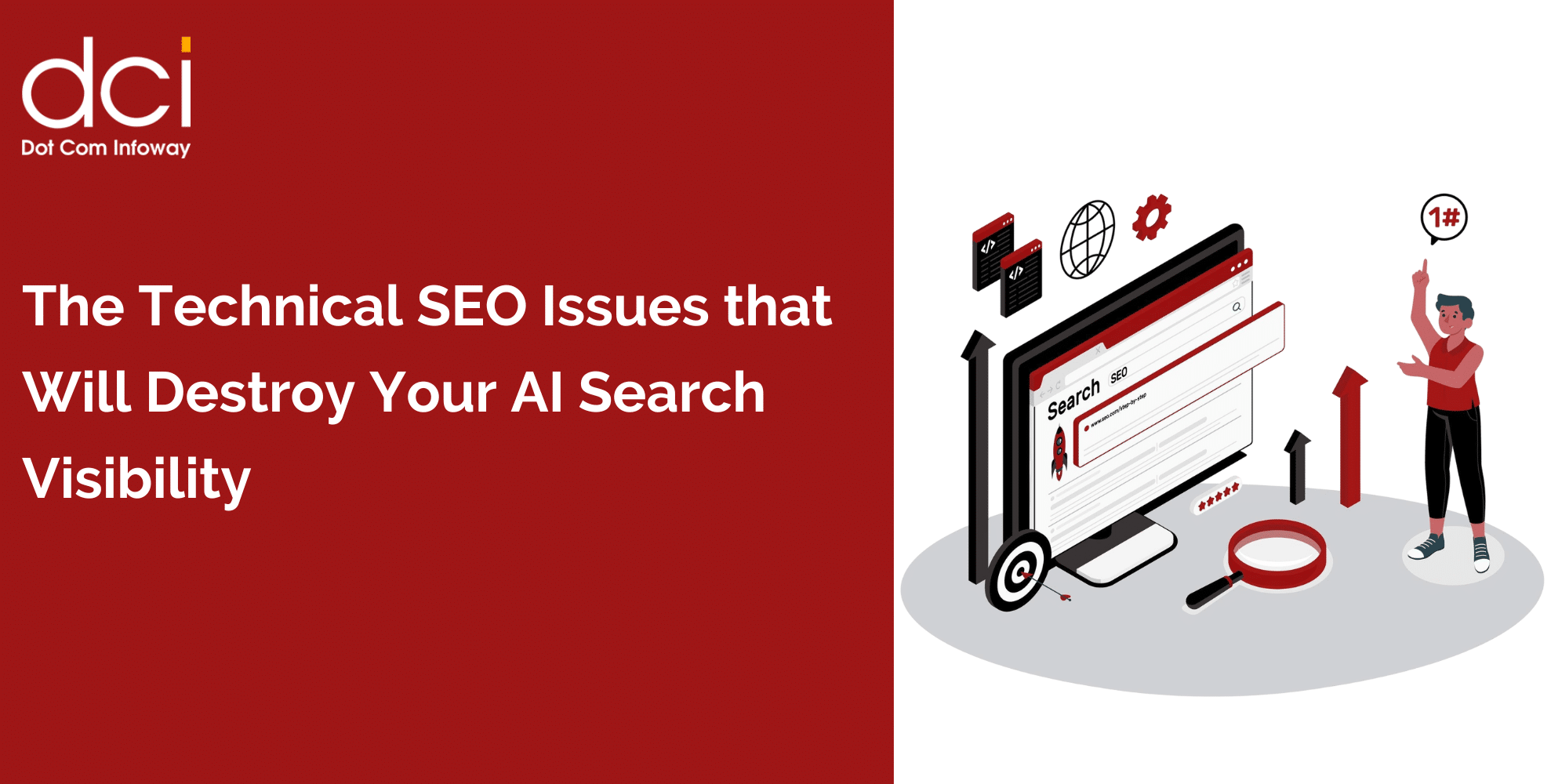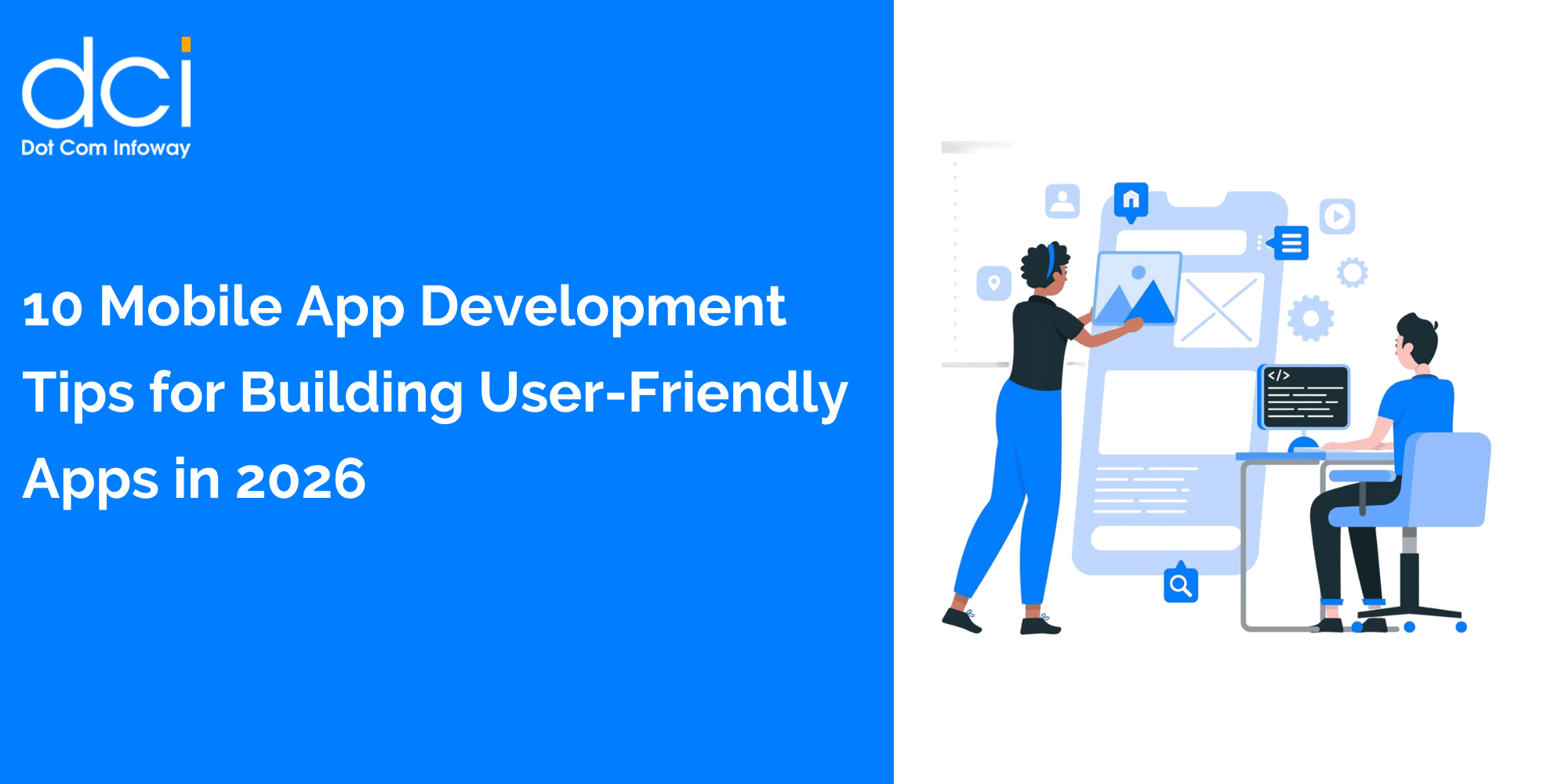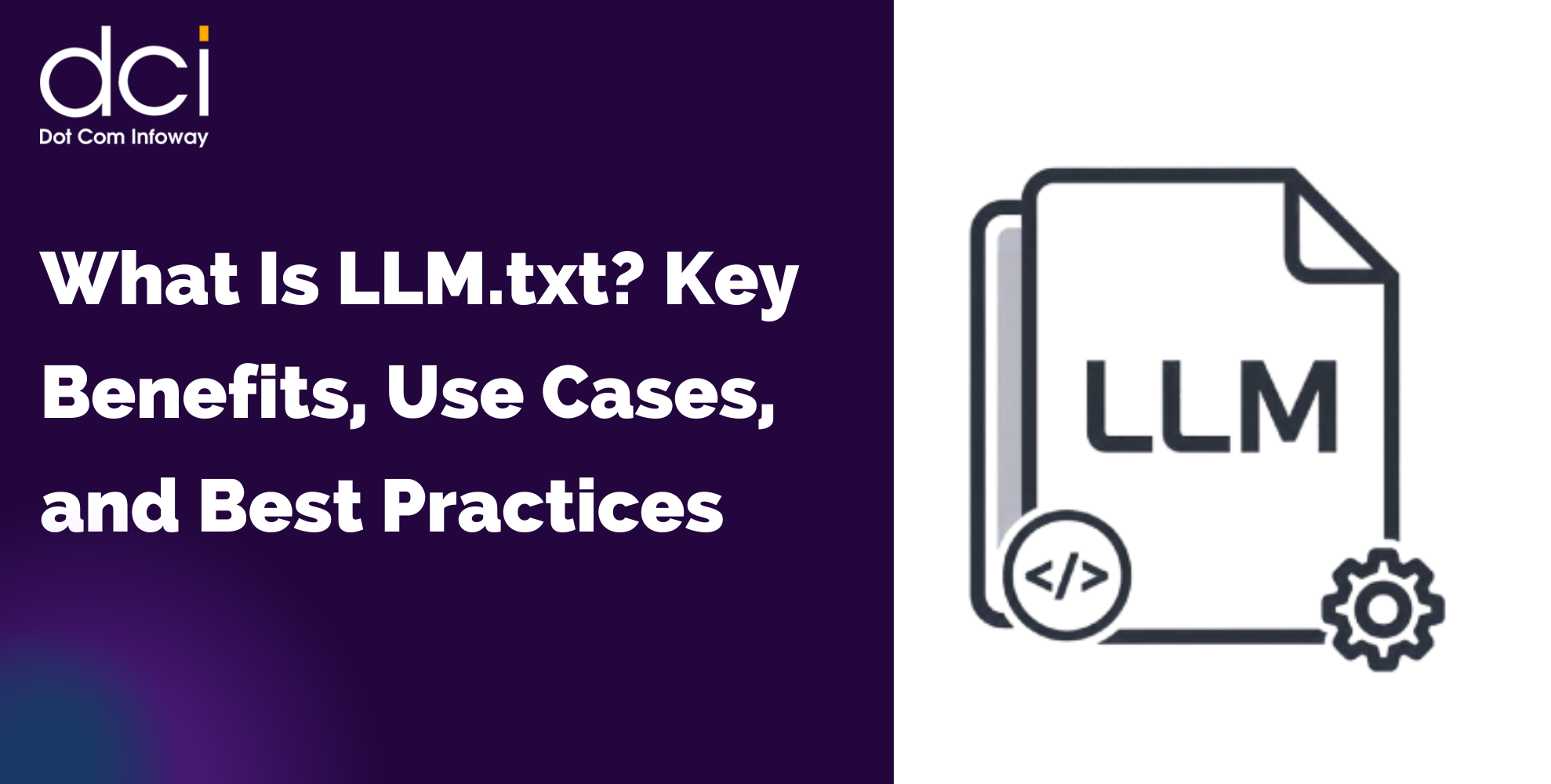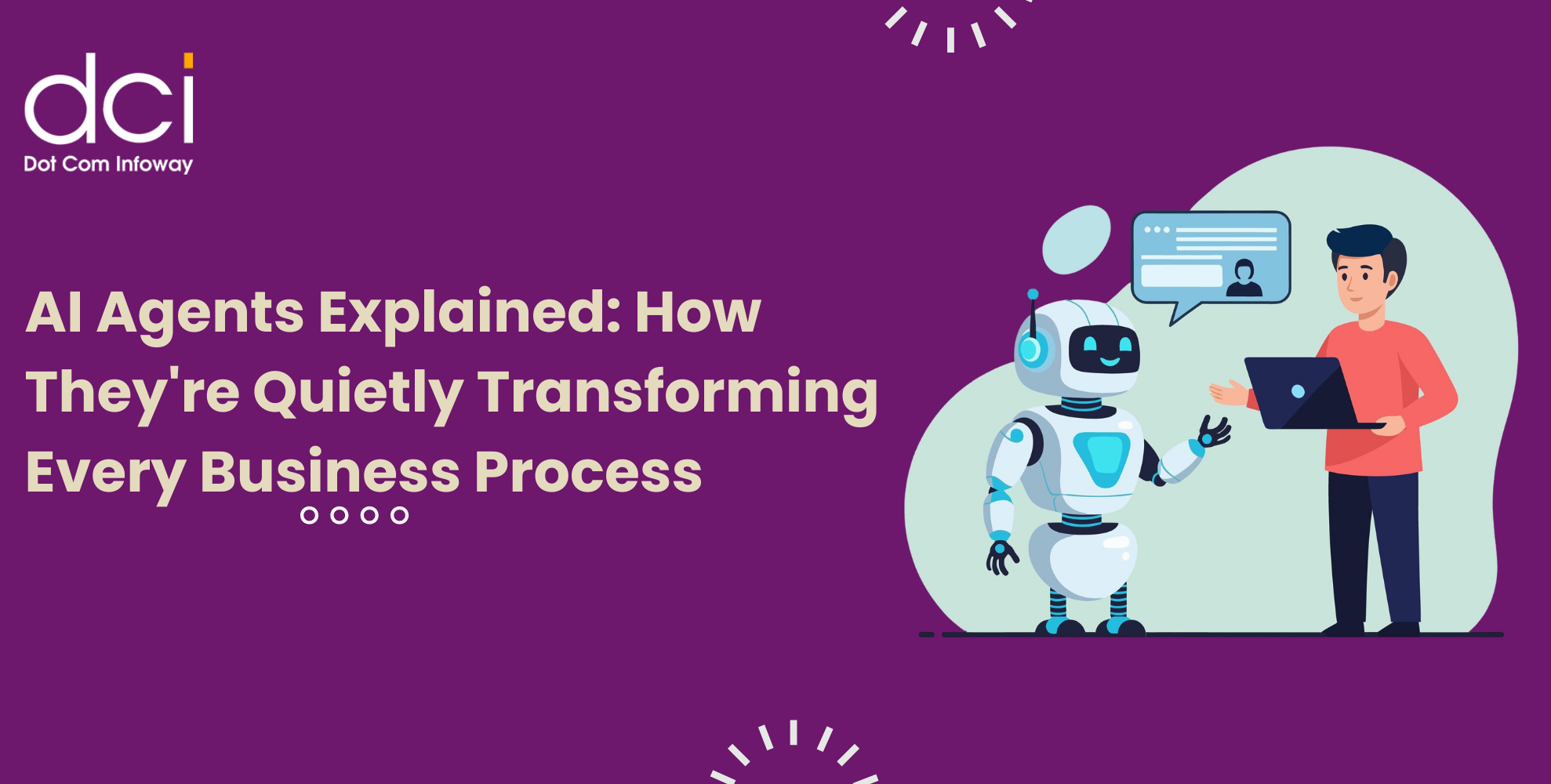You’re drowning in repetitive tasks, your team is burning out from manual processes, and competitors are somehow doing more with less. Sound familiar? You’re not alone. A recent McKinsey study reveals that 67% of business leaders are accelerating their AI investments, yet many struggle with where to start. The reality? Most businesses know they need to integrate AI Automation, but feel overwhelmed by the complexity. The good news is that successful AI integration doesn’t require a complete business overhaul: it just needs the right roadmap.
How to Integrate AI Automation into Your Business: A Step-by-Step Guide
8 mins read
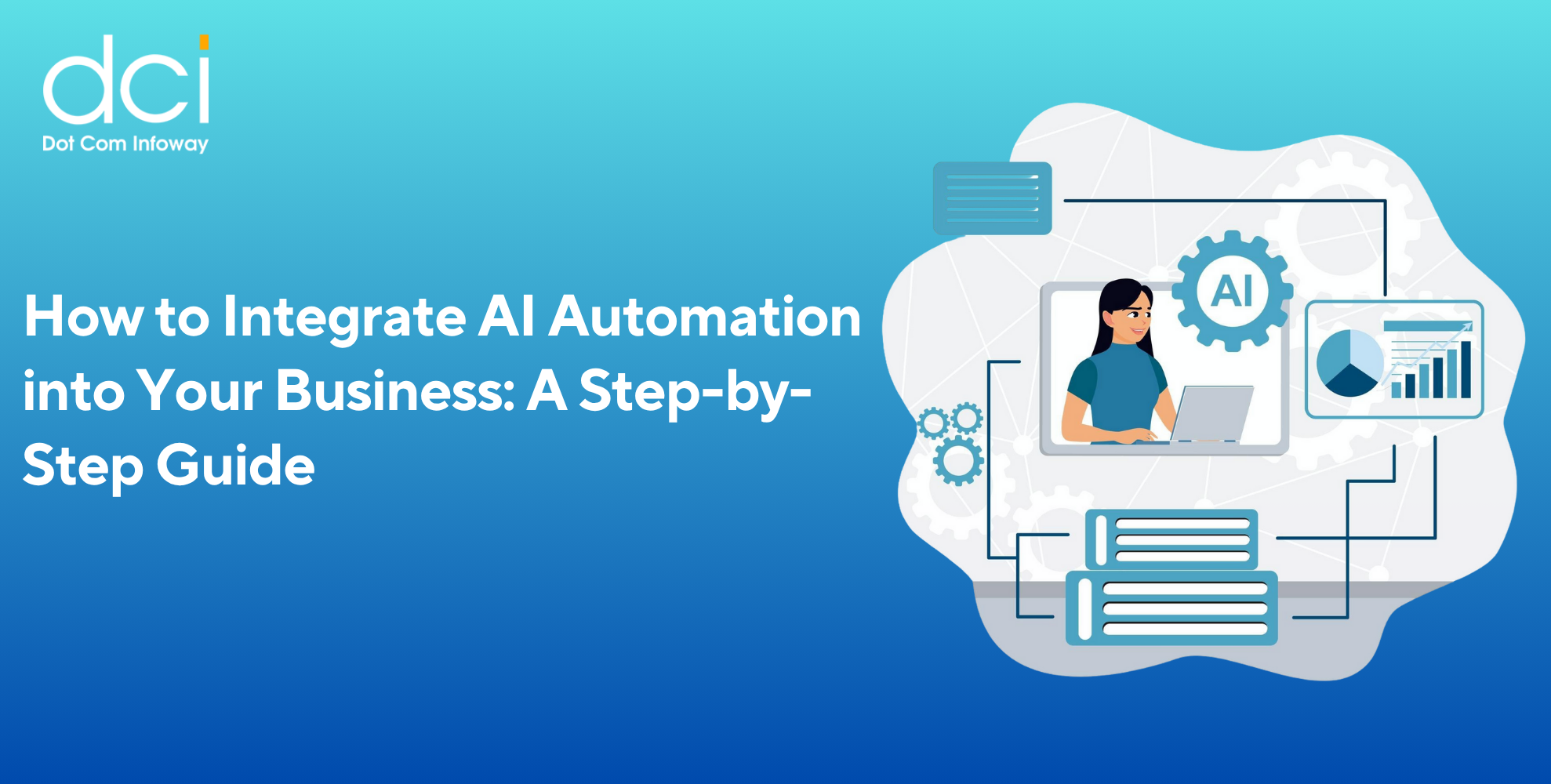
Why AI Automation Integration Matters Now
Before diving into the how-to, let’s address the elephant in the room. According to PwC’s latest AI report, companies that successfully integrate AI automation see an average 14.5% increase in productivity within the first year. More importantly, 72% of executives report that AI automation has become critical for maintaining competitive advantage.
As one Reddit user from r/entrepreneur perfectly captured the sentiment:
“We started with just automating our customer service responses last year. Now we’ve saved over 20 hours per week and our response time went from 4 hours to 15 minutes. Wish we’d started sooner.” – u/TechStartupOwner
Step 1: Audit Your Current Processes and Identify Quick Wins
The first step to Integrate AI Automation effectively is understanding where you’re starting from. This isn’t about revolutionizing everything overnight: it’s about finding the low-hanging fruit.
Start with a comprehensive process audit. McKinsey research shows that the most successful AI implementations target processes that are:
• Highly repetitive
• Data-rich
• Rule-based
• Time-intensive
Real-world example: Shopify automated their customer support ticket routing using AI, reducing response times by 43% and freeing up human agents to handle complex issues. They didn’t replace their team: they enhanced their capabilities.
Focus on areas where AI-driven SEO strategies can also play a role. Many businesses overlook how AI automation can improve their digital marketing efforts, from content optimization to search engine performance tracking.
Step 2: Choose Your AI Automation Tools Wisely
Here’s where many businesses stumble. With thousands of AI tools available, choice paralysis is real. The key is matching tools to your specific needs, not chasing shiny objects.
For SEO for AI tools and content management, consider platforms like:
• Jasper AI for content creation
• Surfer SEO for content optimization
• ChatGPT for customer service automation
• Zapier for workflow automation
A Harvard Business Review study found that companies using integrated AI platforms see 2.3x better ROI than those using standalone tools. The secret sauce? Integration capabilities.
“The most successful AI implementations are not about the fanciest technology: they’re about solving real business problems with the right tools.” – Andrew Ng, Co-founder of Coursera
Step 3: Start Small with Pilot Programs
Nobody becomes an AI automation expert overnight. Smart businesses Integrate AI Automation through carefully planned pilot programs that minimize risk while maximizing learning.
Netflix’s recommendation algorithm didn’t start as the sophisticated system we know today. They began with basic collaborative filtering in 1998, then gradually evolved their AI capabilities. Today, their recommendation system drives 80% of content watched on the platform.
Choose one department or process for your initial implementation. Popular starting points include:
• Customer service chatbots
• Email marketing automation
• Invoice processing
• Social media scheduling
Document everything. What works? What doesn’t? These insights become invaluable as you scale.
Step 4: Train Your Team for the AI-First Future
Here’s a sobering statistic: 54% of AI implementations fail due to inadequate change management, not technical issues. Your technology is only as good as the people using it.
A Reddit discussion from r/MachineLearning highlighted this challenge:
“Management bought all these AI tools but nobody trained us how to use them properly. Six months later, we’re back to doing everything manually because the tools ‘don’t work.’ The tools work fine: we just didn’t know how to integrate them into our workflow.” – u/DataAnalyst2024
Successful training programs focus on:
• Practical application, not theoretical concepts
• Ongoing support and troubleshooting
• Clear metrics for success
• Regular skill assessments
Google’s internal AI training program, “AI for Everyone,” trained over 100,000 employees and contributed to a 27% increase in AI adoption across their organization.

Ready to boost your website’s rankings and online visibility?
Discover how our expert SEO services can resolve ranking issues, drive traffic, and elevate your website’s performance to the next level!
Step 5: Implement Advanced AI Strategies for Search and Discovery
As you mature in your AI journey, consider advanced applications like LLM search engine optimization and generative engine optimization. These emerging fields represent the future of how businesses will be discovered online.
AEO SEO (Answer Engine Optimization) is becoming crucial as AI-powered search engines like ChatGPT, Claude, and Perplexity gain market share. Unlike traditional SEO, AEO focuses on providing direct, comprehensive answers that AI systems can easily parse and present to users.
Companies like HubSpot have already started optimizing their content for AI discovery, resulting in a 23% increase in organic traffic from AI-powered search engines within six months.
Step 6: Monitor, Measure, and Scale
The final step isn’t really final: it’s ongoing. Successful AI automation requires continuous monitoring and optimization. Salesforce’s AI implementation team uses a “test, learn, scale” approach that has helped them automate over 1,000 business processes.
Key metrics to track:
• Time savings per process
• Error reduction rates
• Employee satisfaction scores
• Customer satisfaction improvements
• ROI per automated task
Set up dashboards that provide real-time insights into your AI performance. Tools like Tableau or Power BI can help visualize your progress and identify optimization opportunities.
Common Pitfalls to Avoid
Based on MIT research analyzing 500+ AI implementations, here are the most common mistakes:
- Over-automation too quickly: 43% of failed implementations tried to automate too much too fast.
- Ignoring data quality: Poor data quality accounts for 67% of AI project failures.
- Inadequate change management: 54% of failures stem from people-related issues, not technical ones.
- Lack of clear ROI metrics: Projects without defined success metrics are 3.2x more likely to fail.
Making It Happen: Your Next Steps
Ready to Integrate AI Automation into your business? Start with these immediate actions:
- Audit one process this week: Choose your most time-intensive manual process and document every step.
- Research three AI tools: Find tools specifically designed for your identified process.
- Set a pilot timeline: Give yourself 30-60 days for your first implementation.
- Define success metrics: Know how you’ll measure improvement.
For businesses ready to take the leap into comprehensive AI automation, consider partnering with experienced development teams. Dot Com Infoway’s AI development services offer end-to-end AI solutions that can help you navigate the complexities of integration while avoiding common pitfalls.
The future belongs to businesses that can seamlessly blend human creativity with AI efficiency. The question isn’t whether you should integrate AI Automation: it’s how quickly you can start your journey.
Your competitors are already automating. Your customers expect faster, smarter service. Your team deserves to focus on meaningful work instead of repetitive tasks.
The time to integrate AI Automation is now. Start small, think big, and let data guide your decisions. Your future self will thank you for taking the first step today.
Latest Posts
Get the latest insights from Dot Com Infoway straight to your inbox.





![The Game Marketing Guide: Pre and Post-Launch Strategies [Infographic]](https://www.dotcominfoway.com/wp-content/uploads/2023/09/DCI-Game-Marketing-blog-1.jpg)
